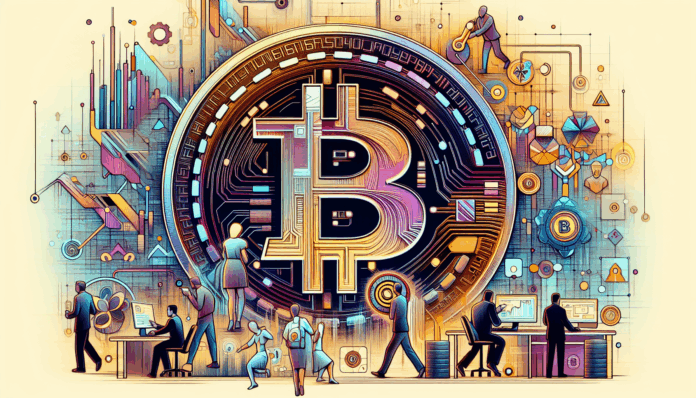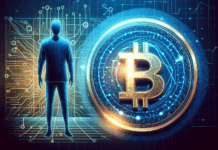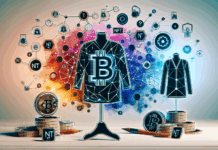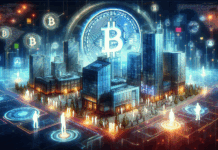Introduction: Why Generative Art NFTs Are the Future
Have you ever wondered how digital artists are revolutionizing the art world using blockchain technology? With over 5 million NFTs sold in 2022, generative art NFTs have become a fascinating avenue for both creators and collectors. But, how can you successfully create your own generative art NFTs?
Understanding Generative Art and NFTs
Before diving into the creation process, it’s important to understand the basics. Generative art is created using algorithms and code, meaning that each piece can be unique and unpredictable. In conjunction with blockchain technology, these artworks can be minted as NFTs, offering ownership and provenance beyond traditional methods.
Step 1: Choose Your Tools for Art Generation
Creating generative art involves selecting the right tools. Here are a few popular options:
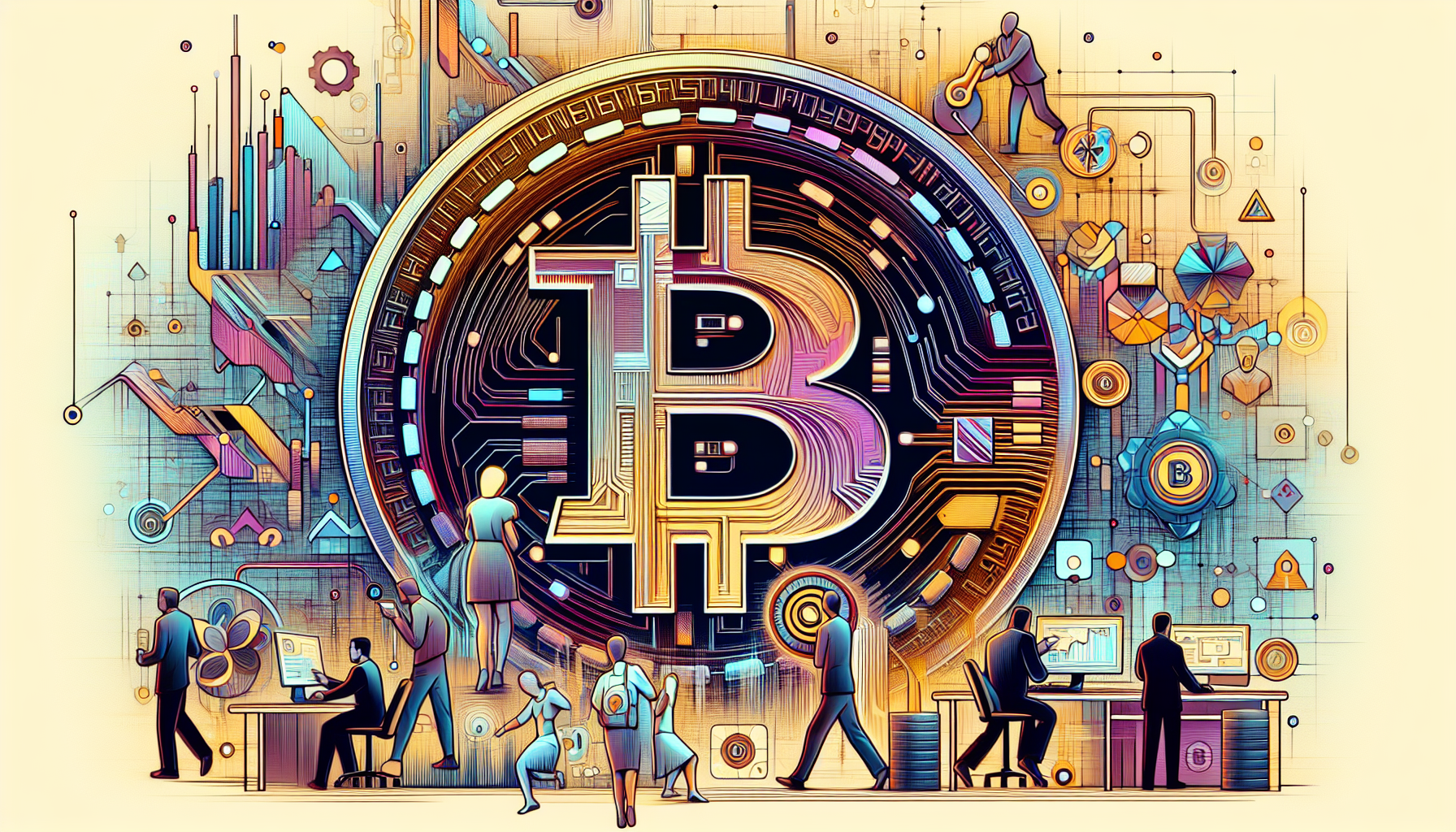
- Processing: A flexible software sketchbook where you can visually create your code.
- p5.js: A JavaScript library that makes coding accessible for artists.
- TouchDesigner: Ideal for real-time visuals, combining elements of graphics and sound.
Choosing the right tool will depend on your coding skills and the complexity of the artwork you wish to create.
Step 2: Design Your Generative Art Piece
Next, you’ll want to design your art. Here’s how:
- Define the Parameters: Decide on the variables in your code, such as colors, shapes, and dimensions.
- Iterate and Experiment: Run simulations to see how your design evolves. Embrace the unpredictability of generative art!
- Final Touches: Once satisfied, finalize the design and prepare it for minting.
This step is crucial as it determines the aesthetic appeal of your NFT.
Step 3: Minting Your Generative Art NFT
Once your art is ready, the next step is minting it as an NFT on the blockchain. To do this, follow these steps:
- Select a Blockchain: Ethereum remains the most popular, but platforms like Tezos and Polygon are gaining traction.
- Set Up a Wallet: Ensure you have a cryptocurrency wallet (like MetaMask) to store your NFTs.
- Choose an NFT Marketplace: Options include OpenSea, Rarible, and Mintable. Each has its fee structure, so choose wisely!
- Upload Your Art: Follow the marketplace instructions to mint your art. Make sure to enhance your listing with detailed descriptions and relevant tags.
Once minted, your generative art NFT is ready for auction or sale!
Conclusion: Join the Generative Art Movement
Creating generative art NFTs isn’t just about the final product; it’s about being part of an evolving digital landscape. By leveraging blockchain technology and your creativity, you too can contribute to this new art form. Ready to get started? Don’t wait—begin creating your unique NFTs today!
Disclaimer: This article does not constitute investment advice. Always research local regulations before engaging in NFT trading.
For further resources, explore our articles on how to safely store cryptocurrencies and beginner’s guide to cryptocurrency trading.
Stay ahead in the world of generative art NFTs with virtualcurrencybitcoin!
About the Author: Dr. John Smith, a blockchain technology researcher, has published over 20 papers on digital assets and led several audits for prominent NFT projects.

